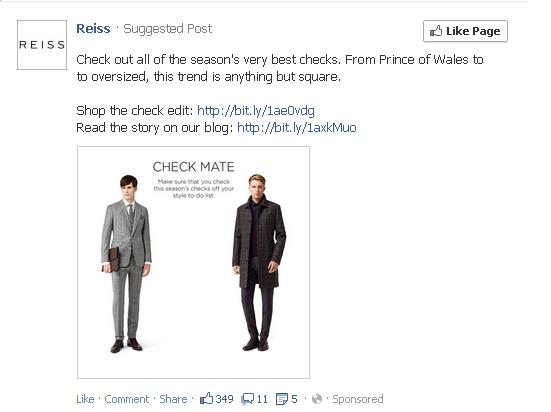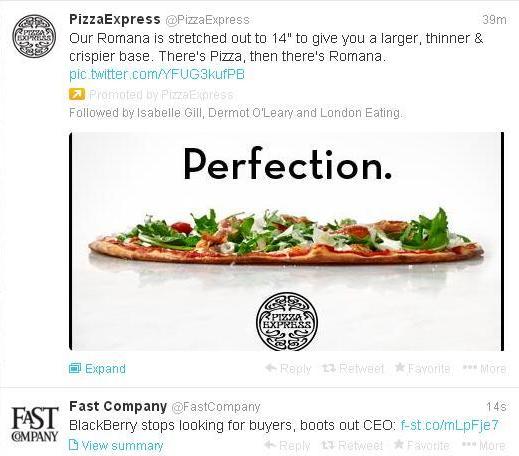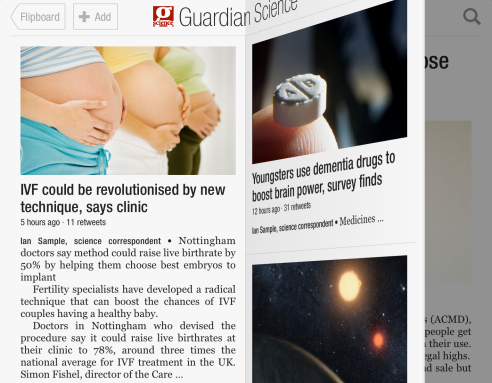“News = mobile. Mobile = Facebook”? The rise of social sharing news sites
16 Dec, 13 | by BMJ
In a previous post, I discussed the increasing importance of social media optimisation (SMO) at the expense of traditional SEO methods. This week, I’ll be looking at how traditional publishers are testing this theory with product launches that rely almost entirely on consumer behaviour on Twitter and Facebook.
Buzzfeed, a website that combines a platform for detecting viral content with an editorial process to provide a snapshot of “the viral web in realtime”, revealed that it had reached a record high of 130 million global unique users last month.
The company credited a lot of the growth to an increase in traffic coming from Facebook. However, Twitter referral traffic has also surged, with 180% growth in the past year. The seven-year-old site is experiencing breakneck growth, with global unique user numbers up 350% year-on-year.






